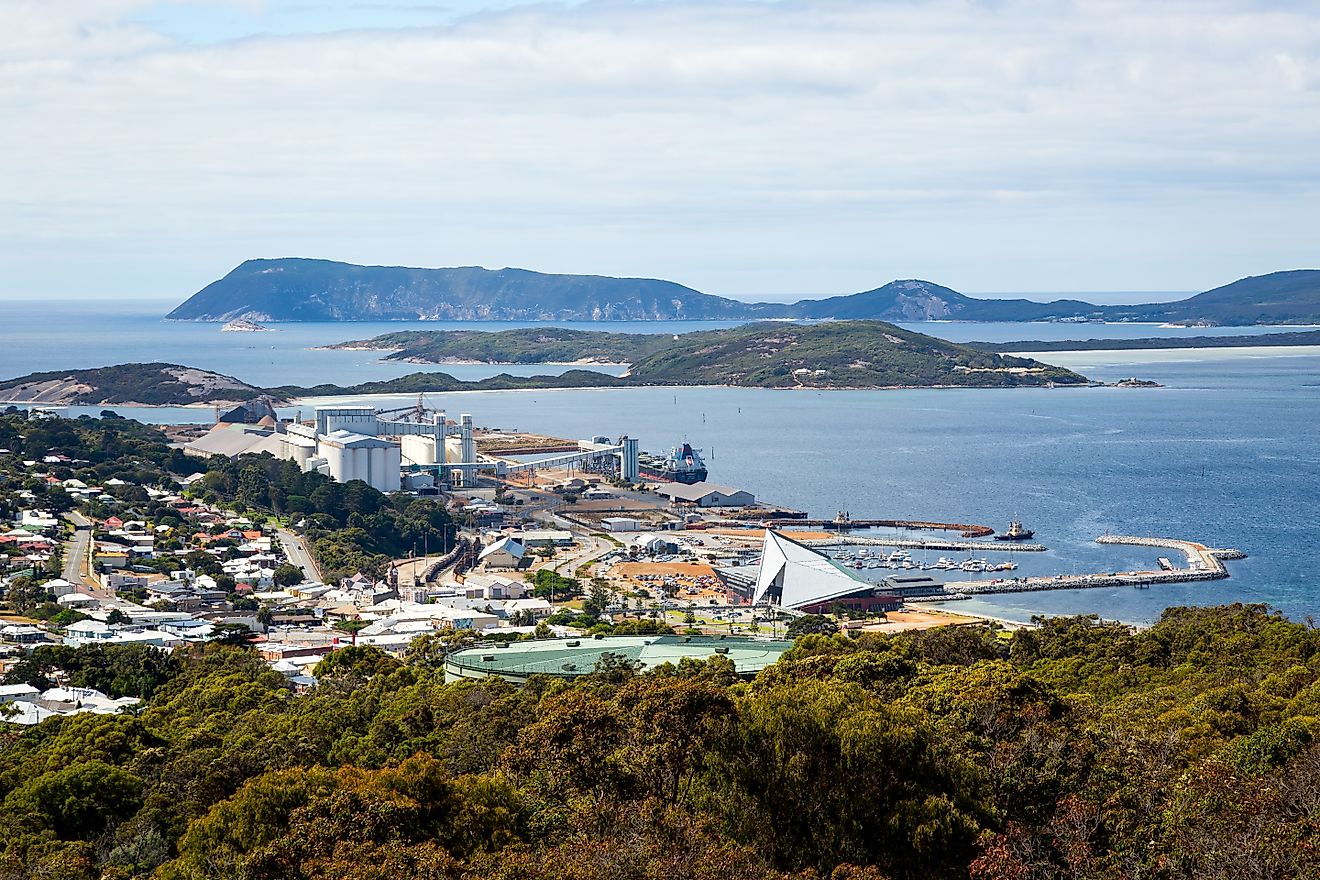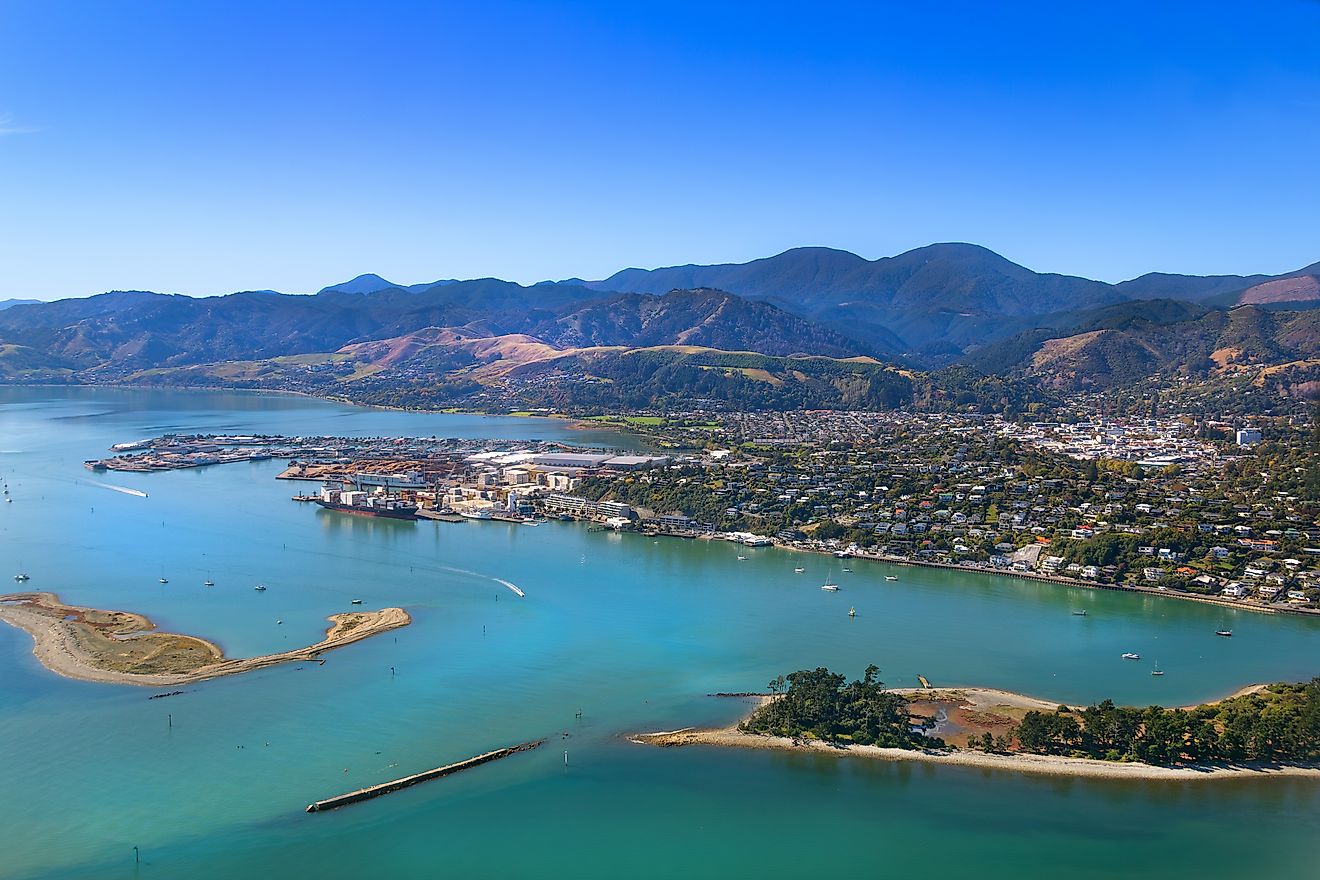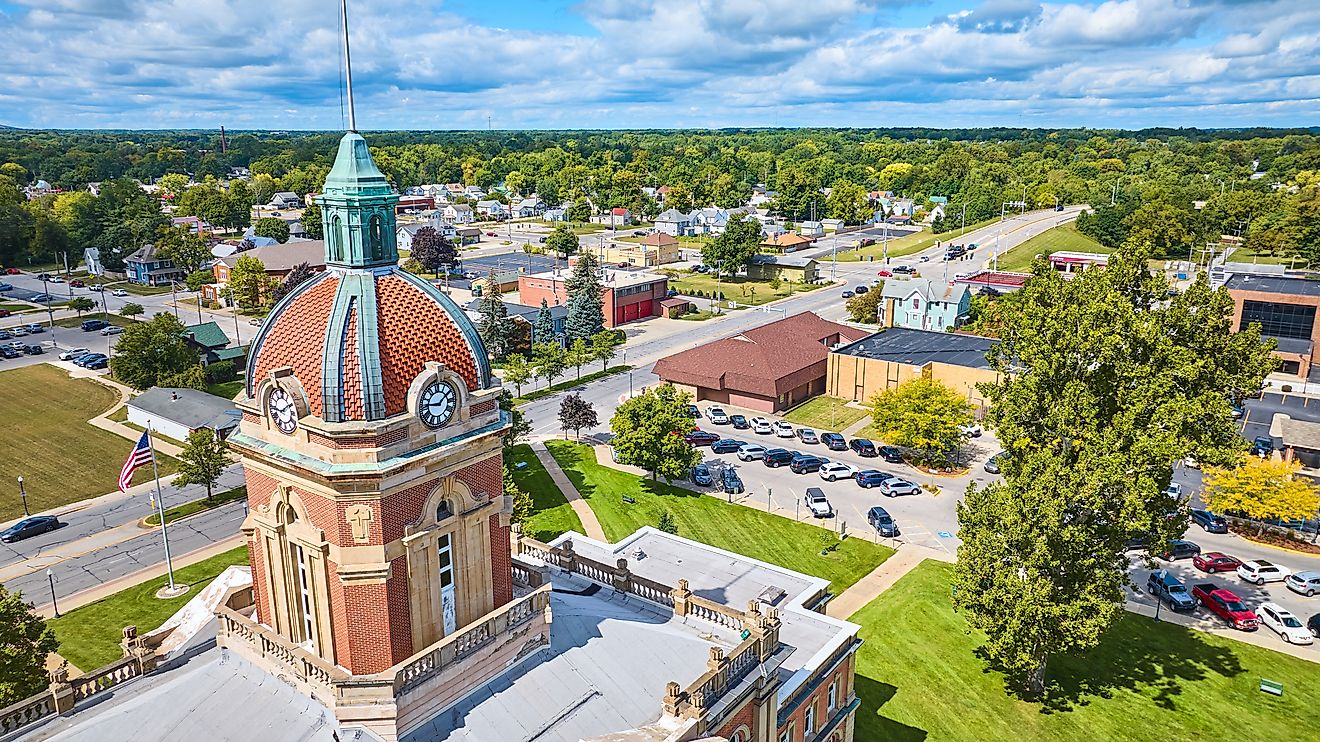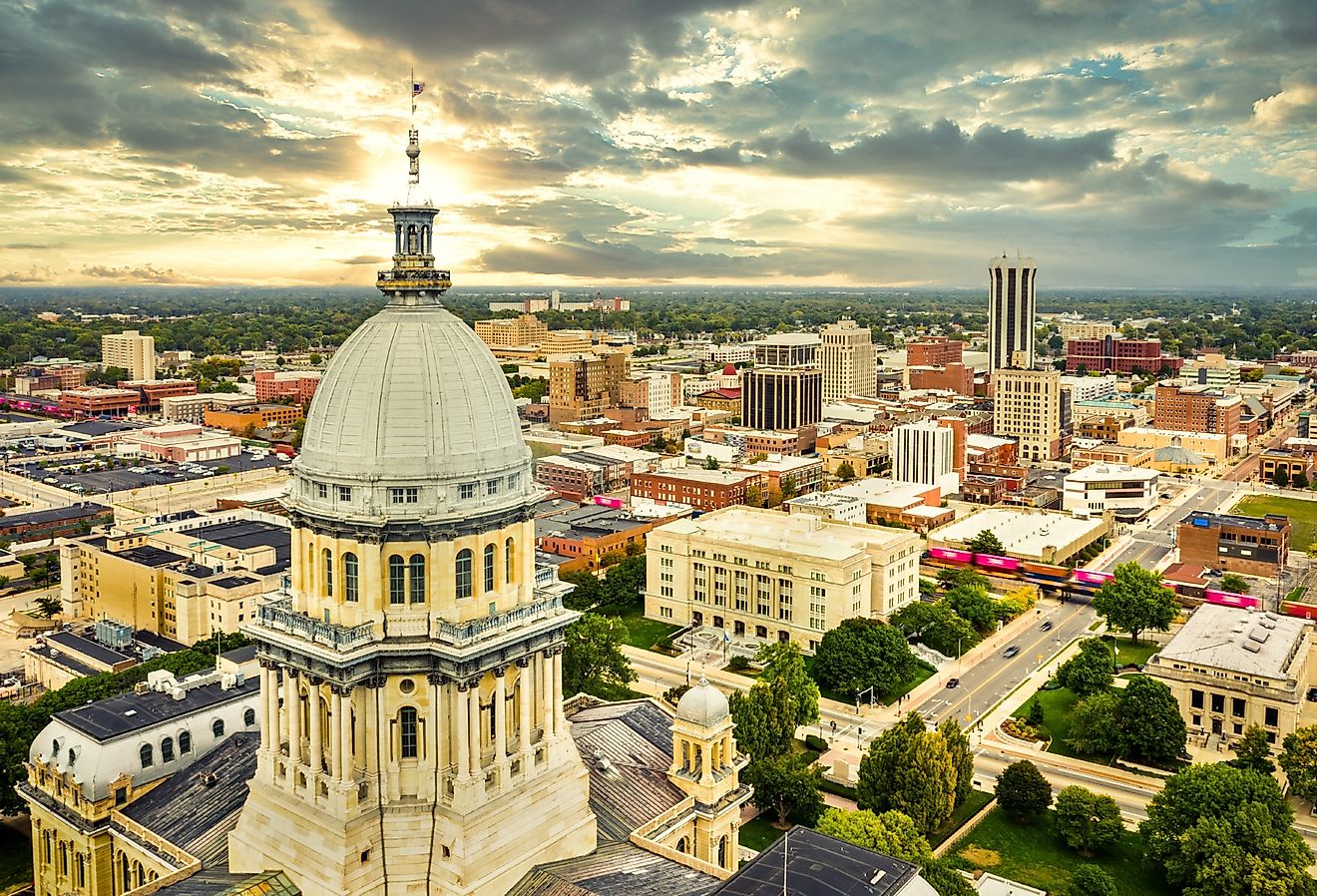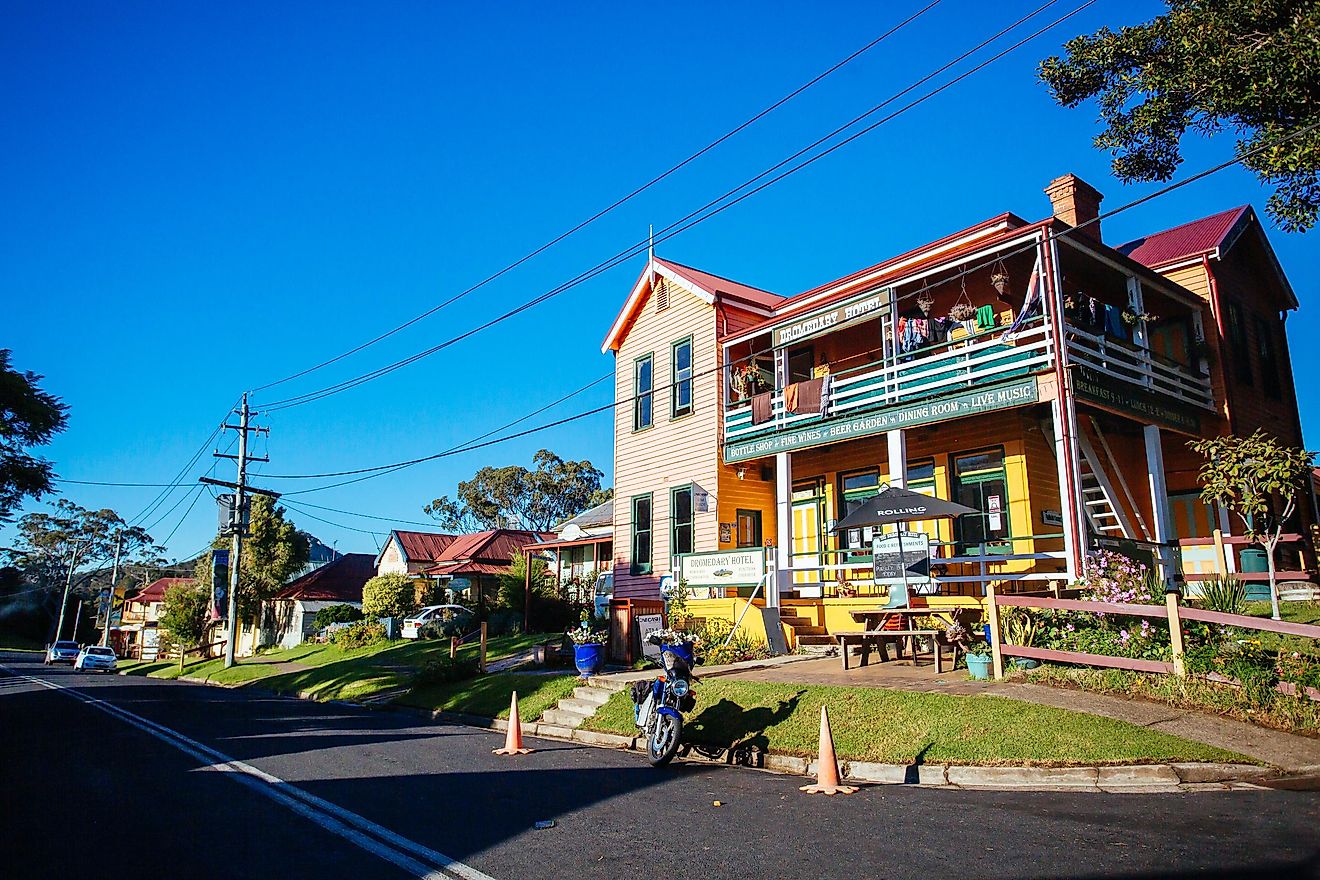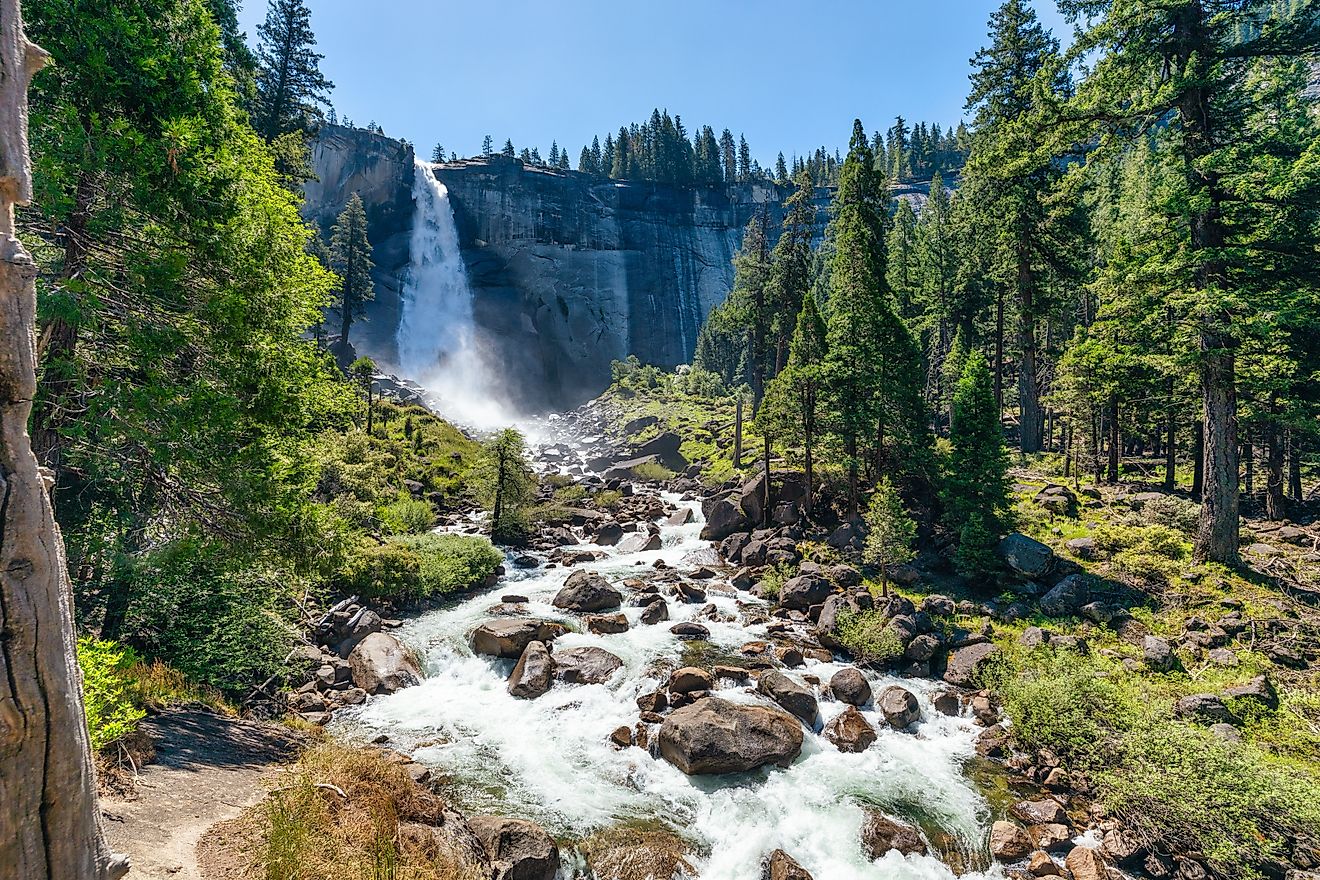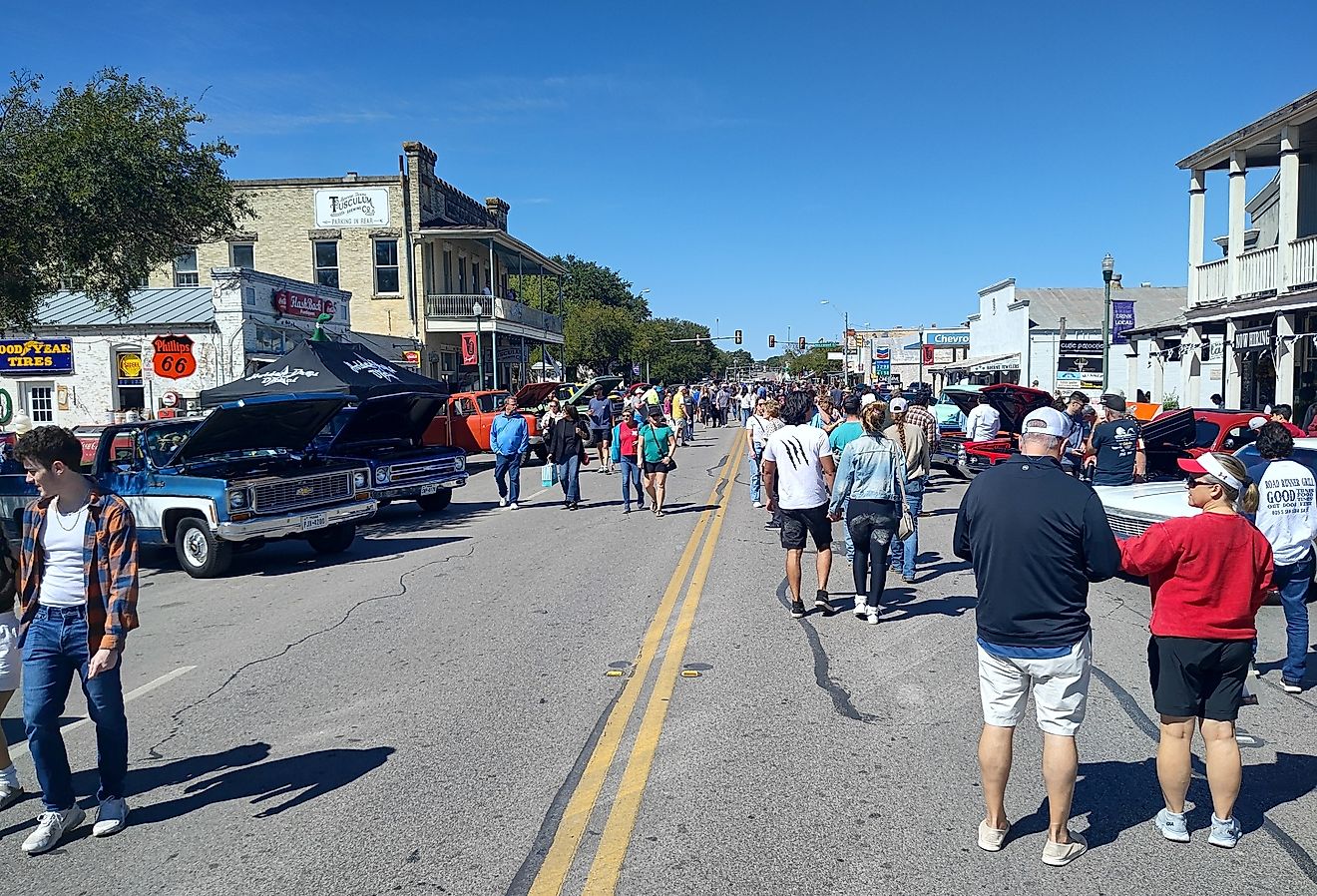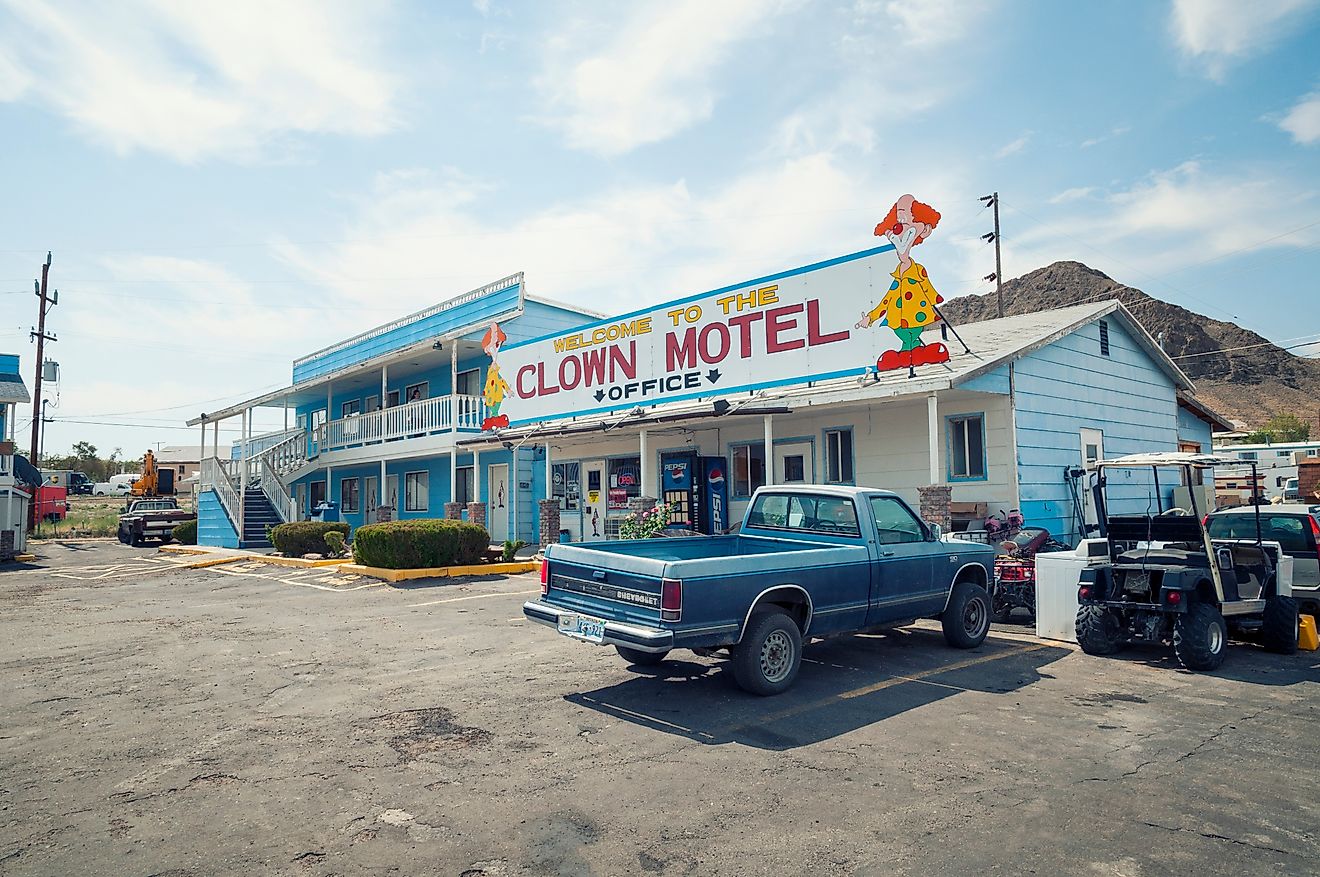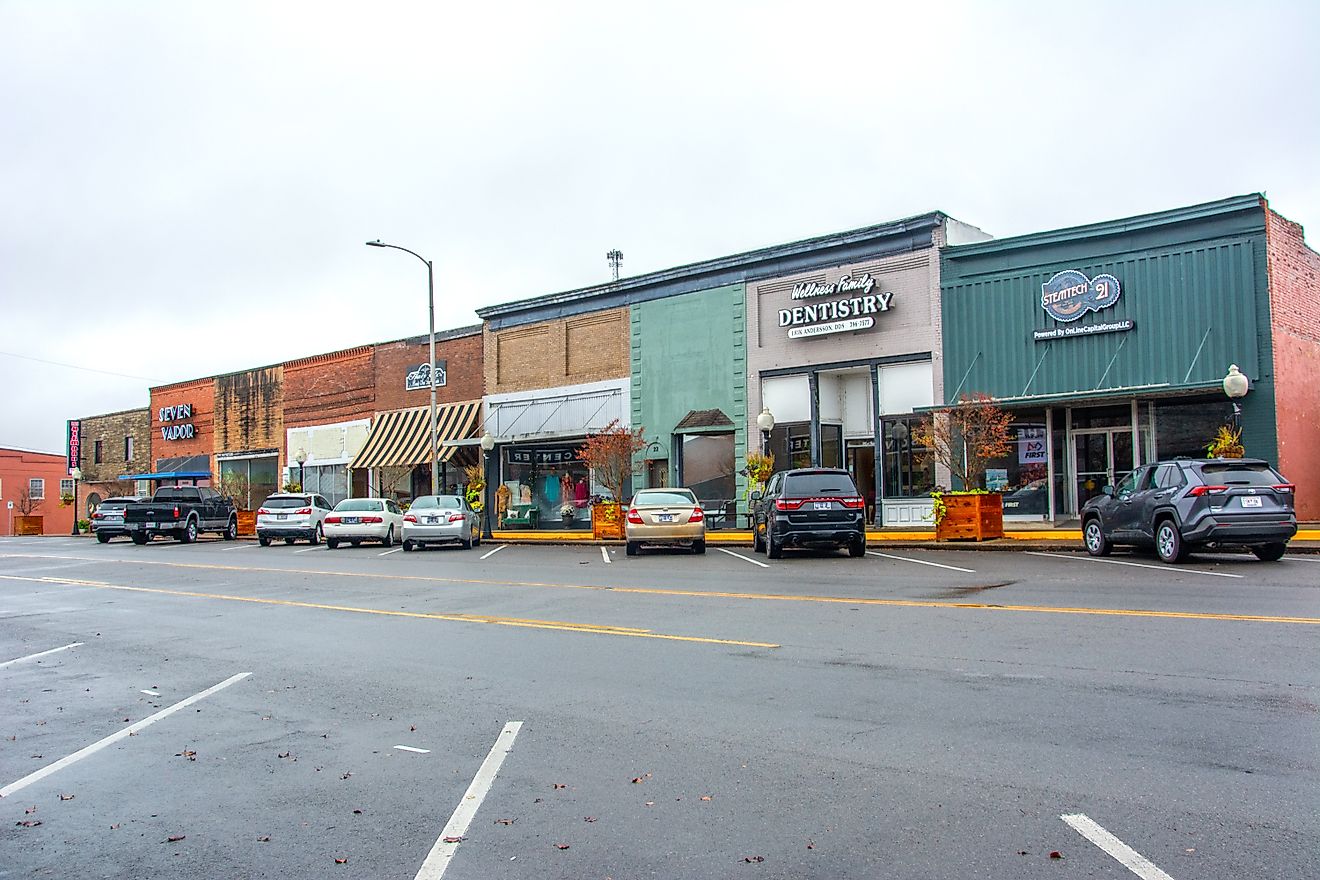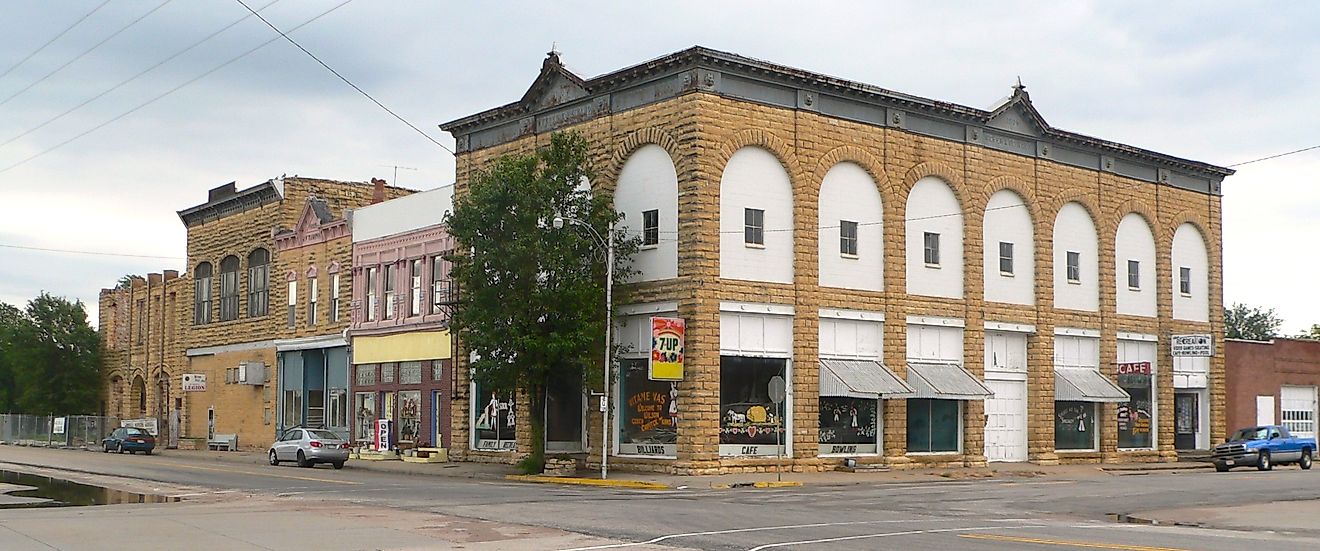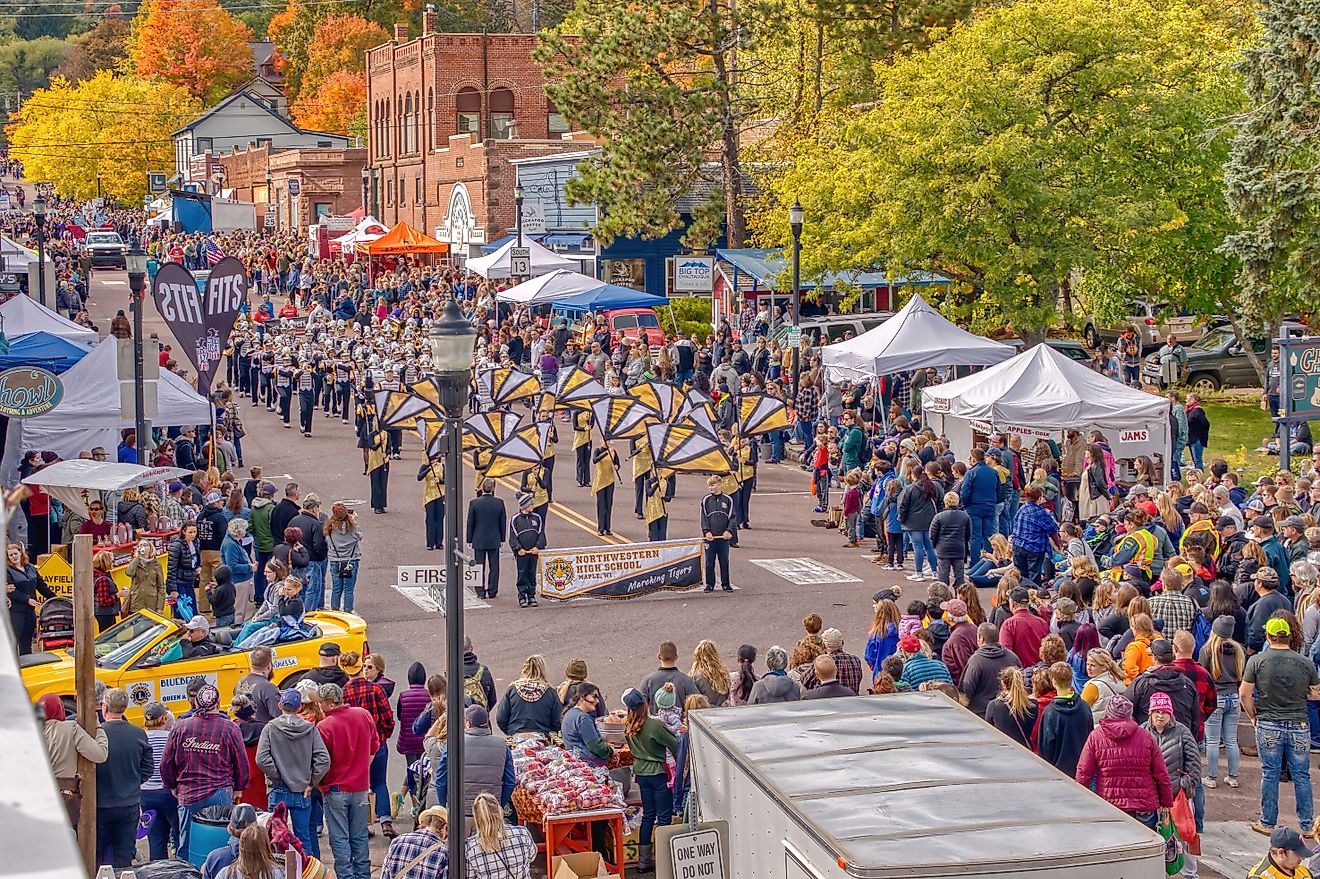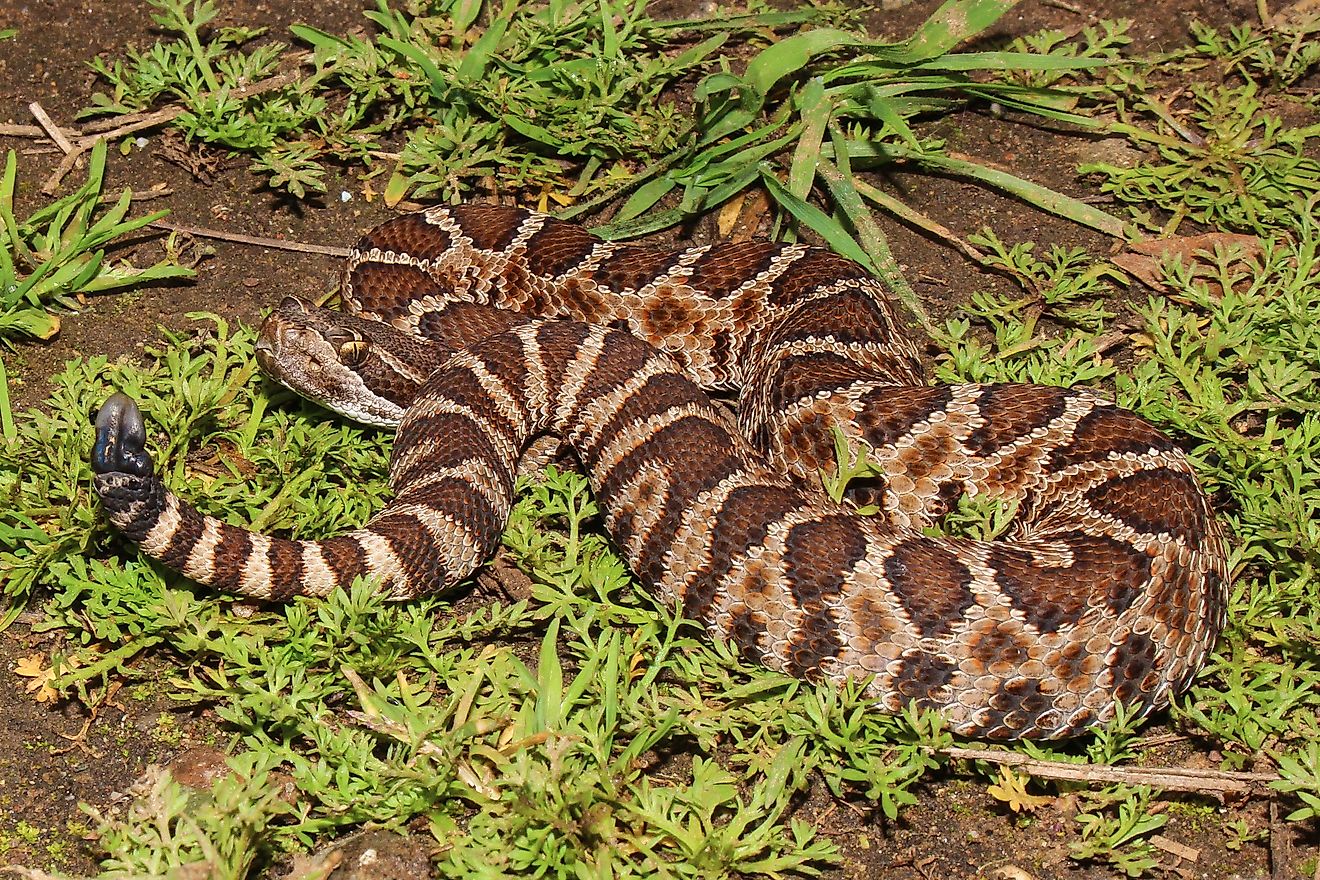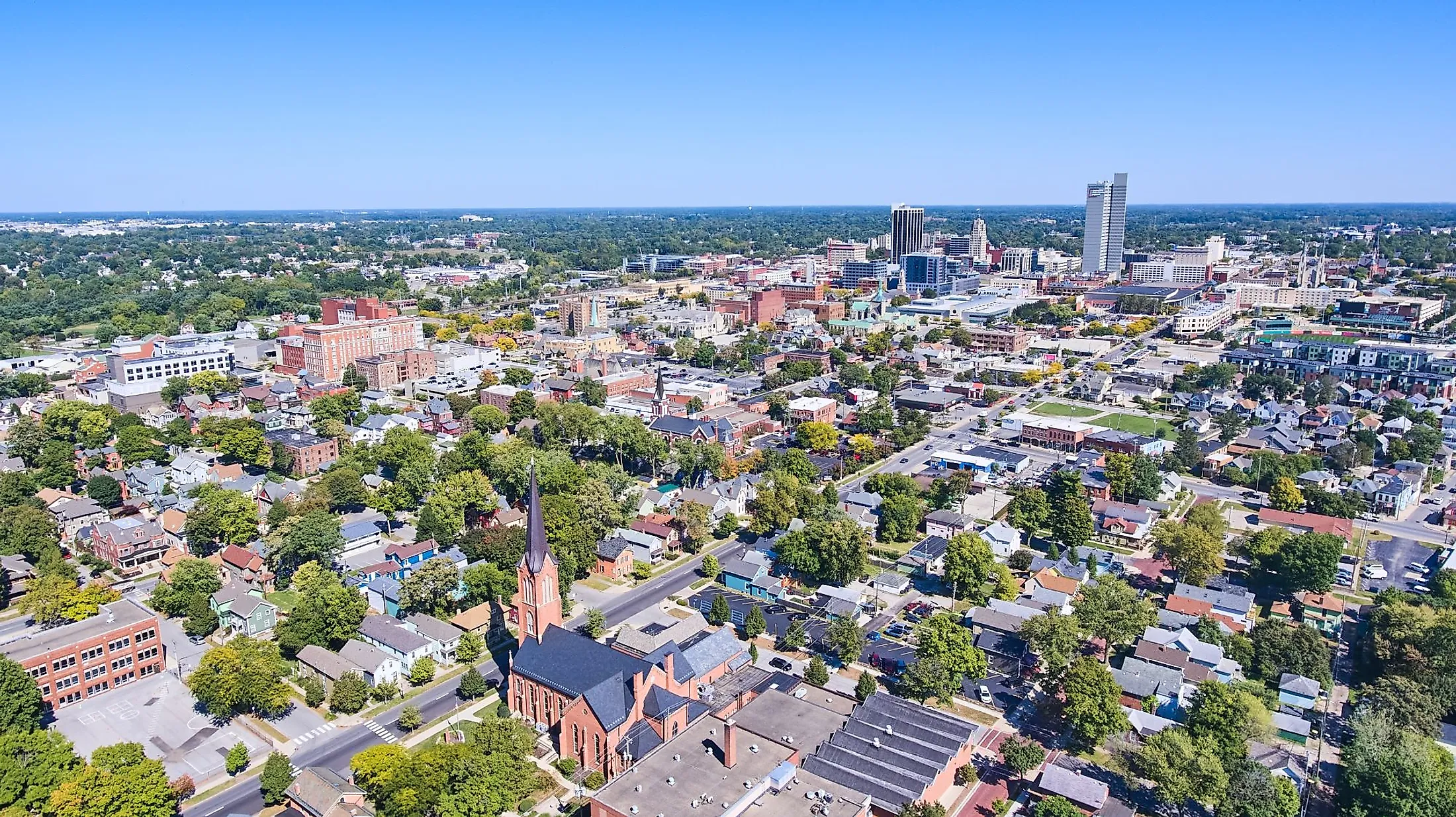
Fort Wayne, Indiana
Founded over two centuries ago, Fort Wayne is a big city situated in Allen County in the northeastern part of Indiana, United States. Being the state's second-largest city, Fort Wayne serves as the cultural and business center for northeastern Indiana and is located approximately 29 km west of Ohio and 80 km south of Michigan. Historically, Fort Wayne's importance in the region is due to its strategic location at the meeting point of two rivers. As a natural transportation hub, Fort Wayne has played a significant role in the development of Indiana.
Geography Of Fort Wayne
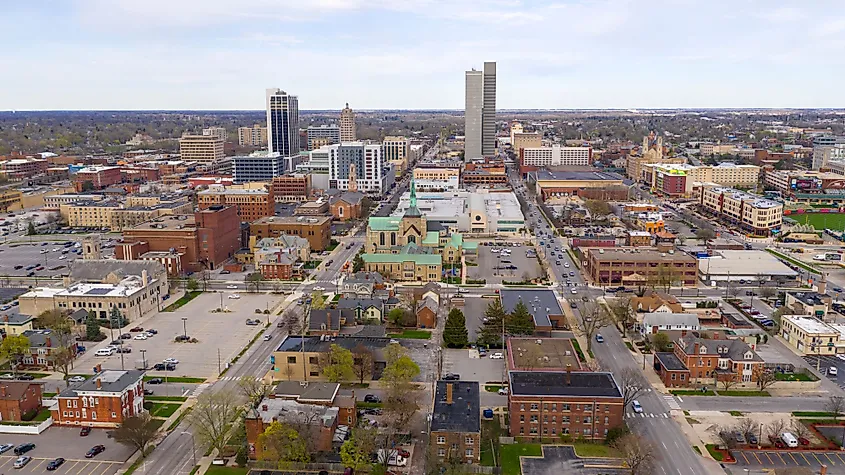
Fort Wayne covers a total area of 287.05 sq. km, of which 286.50 sq. km is occupied by land, and 0.55 sq. km is covered by water. The St. Marys and St. Joseph rivers join together to form the Maumee River close to the downtown area of Fort Wayne. In the city's north and northwest portions, the terrain becomes hilly. It then slopes upwards until it reaches a point of about 40 miles north of the city, where the elevation is 1,060ft above sea level.
The city and the region's topography is due to erosion from the last ice age glaciers. As the glaciers receded, they deposited a layer of sediment called a moraine. Underneath it lies the St. Lawrence Continental Divide, which separates the Great Lakes and St. Lawrence River Basin and the Atlantic Ocean watersheds to the south. The area around the city is relatively flat, and the network of rivers in the area make portaging or carrying goods and canoes relatively easy. The St. Marys river is less than 20 miles from the Little River (formerly called the Little Wabash River), which, through the Wabash River, flows into both the Ohio and Mississippi Rivers. In effect, goods could be transported easily via canoe and boat from Canada to the Gulf of Mexico.
Climate Of Fort Wayne
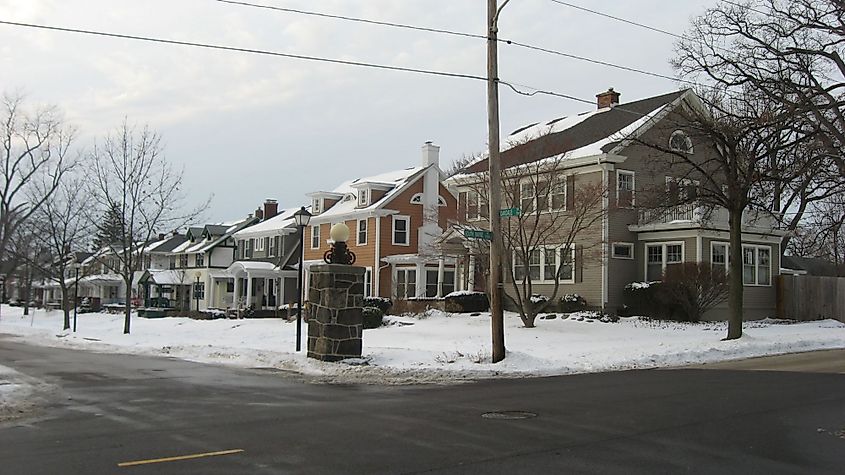
Fort Wayne’s climate is classified as a humid continental climate as per the Köppen Climate Classification. Weather varies throughout the four seasons, with hot and humid summers and cold winters. The average annual precipitation is 38.34 inches or 974 mm, including frequent summer rains and moderate to heavy snowfall in winter. The proximity to Lake Michigan and Lake Erie affects the weather, and lake effect snow in the form of light flurries is common. Winter skies are often cloudy, but there are sunny skies about 75% of the time, with precipitation on 132 days of the year.
Thunderstorms are frequent between May and August, with an average of 39 storms annually, including ten days of severe weather. There are one or two winter thunderstorms every year. Autumn is typically the driest season. Funnel clouds, and cold air funnels, are relatively common, but full-blown tornadoes are not. The average daily high in July is 74 °F, with about 14 days of heat above 90 °F between June and August. The average temperature in January is just under 23 °F, with average daytime highs of just over 30 °F.
Brief History Of Fort Wayne
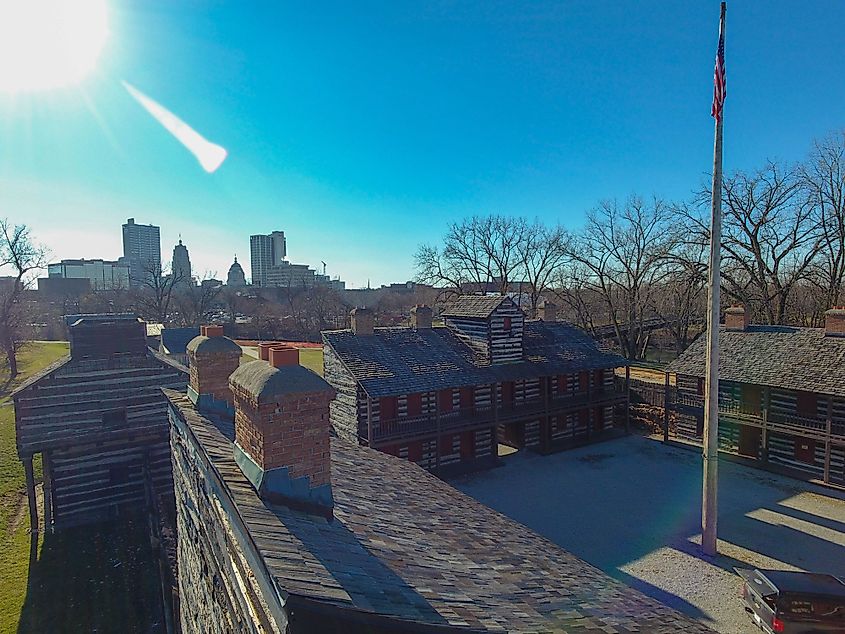
Archaeological evidence shows that Paleo-Indians lived in the area for thousands of years. They hunted and ate the abundant shellfish and mussels from freshwater lakes and streams. They also left many burial mounds throughout the region. By the 1500s, the land had been claimed by the French via Jacques Cartier, who had reached the St. Lawrence River. Indiana became part of New France and played a significant role in the French fur trade. By the 1600s, the region was home to both Iroquois and Algonquin nations. The majority belonged to the Miami tribe, an Algonquin-speaking group. The Iroquois was supported by English settlers, while the French supported the Miami and other Algonquin people.
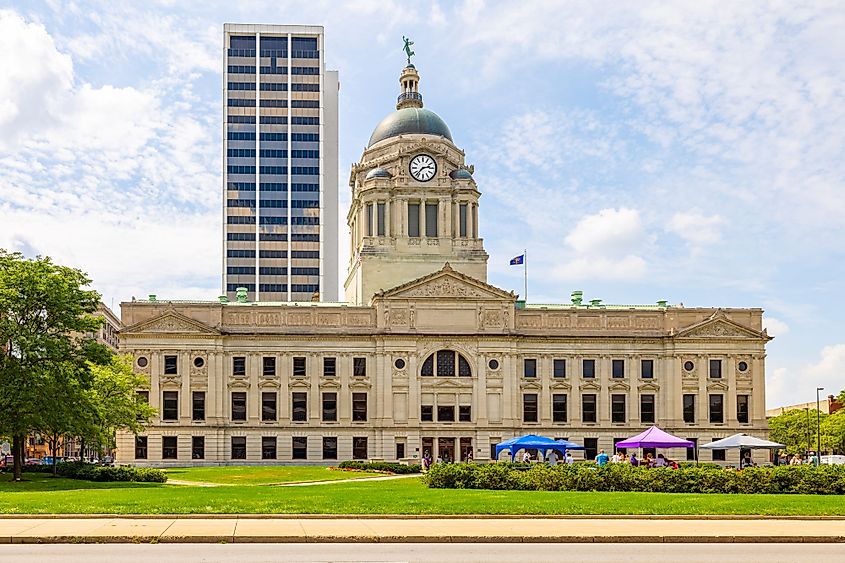
Fort Miami was established in the area that is now Fort Wayne in 1697 by the French. It was on an established portage route from the Maumee to the Wabash River. War erupted between the French and English, culminating in the Treaty of Paris in 1763, in which the French gave up lands east of the Mississippi River, including what is now Indiana. Fort Wayne was constructed by the US Army in 1794 and named after the Revolutionary War general Anthony Wayne. Allen County was established in 1824. Many conflicts over the years culminated in the forced removal of indigenous people from the area, which took them into western territories and essentially eliminated their presence in Indiana.
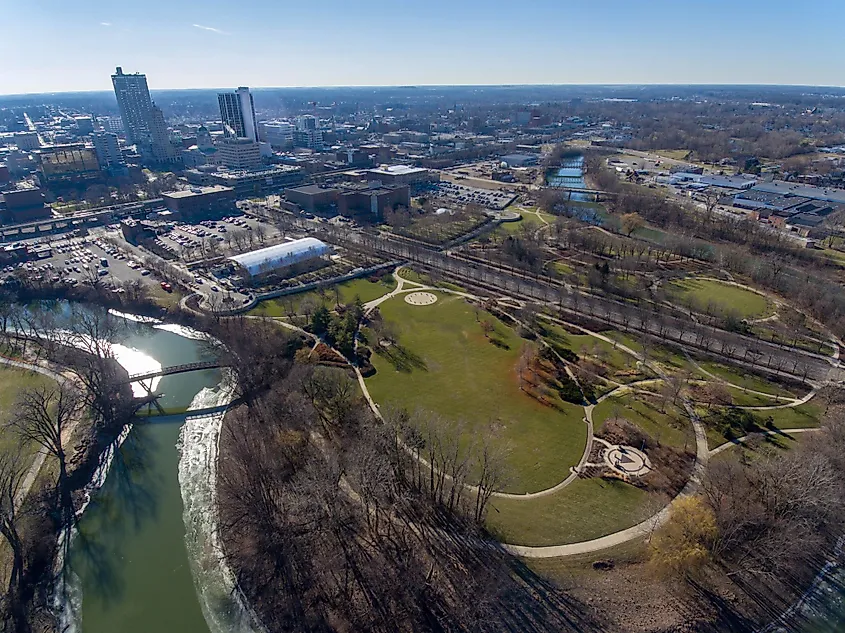
A flood in 1913 left 15,000 residents homeless and killed seven. In the 1980s, industrialization declined throughout the region, with many job losses, and urban blight became an issue. In 1982, a flood damaged 2,000 buildings and resulted in the evacuation of 9,000 residents. After the decline of the 1980s, the city went through a period of renewal in the 1990s, which included the redevelopment of its downtown area. Crime levels decreased, and the economy bounced back via diversification. A $50 million flood control project resulted in the creation of Headwaters Park, a sizable public green space.
The Population Of Fort Wayne
The French census of their Fort Miami included 40 Europeans and about 1,000 Miami. In 1829, when it was incorporated into a town, the population was just 300. By 1840, it had jumped to 2,000. After a significant influx of Irish and German immigrants in the late 18th century, Fort Wayne's population reached about 50,000. After steady growth through the early 20th century, the city's population declined between 1970 and 1980 along with manufacturing jobs but had bounced back by the 1990s. There was a 23.3% growth between the 2000 and 2010 censuses. According to the latest US Census, Fort Wayne's population is 263,886. The Fort Wayne metropolitan area incorporates Allen, Wells, and Whitley counties, with Fort Wayne being its principal city and having a combined population of 419,453, according to 2011 estimates.
Economy Of Fort Wayne
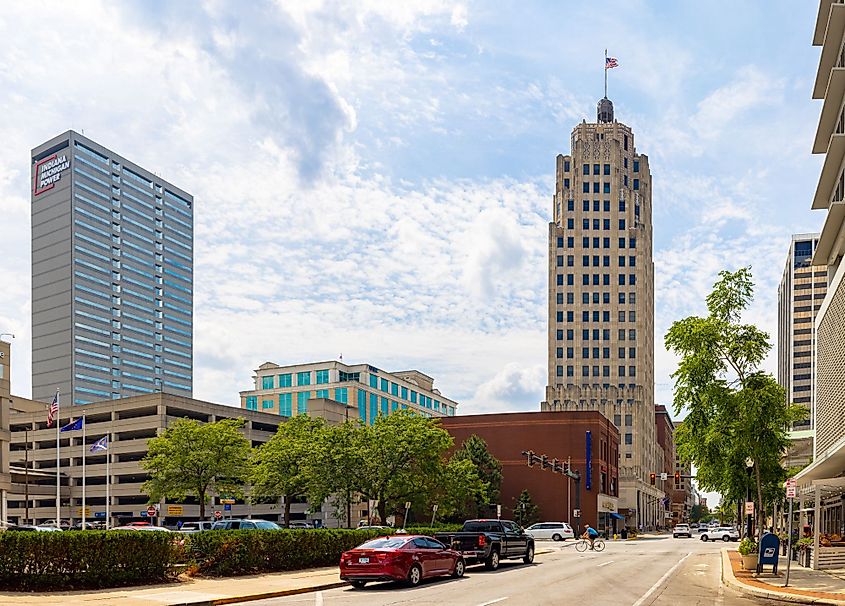
Early Fort Wayne consisted of housing for soldiers, gradually coming to include businesses and other accommodations for traders passing through the area. In the 1830s, Fort Wayne became known as Summit City or the highest point along the Wabash and Erie Canal canal route. When the railroad was built later in the 19th century, Fort Wayne became a key point on the Pennsylvania Railroad. The industry thrived, and many immigrants were drawn to the city because of employment prospects.
During its heyday as a manufacturing center, several innovations were developed in Fort Wayne, including gasoline pumps in 1885, refrigerators in 1913, and home video gaming consoles in 1972. Like many other municipalities in what became known as the Rust Belt, the fortunes of Fort Wayne rose with a booming manufacturing sector. Subsequently, they took a dip when traditional industries began to falter in the 20th century. Modern Fort Wayne has reconfigured its economy around distribution, logistics, healthcare, and other service industries. About 1-2% of the population is employed in the defense industry.
Attractions In Fort Wayne
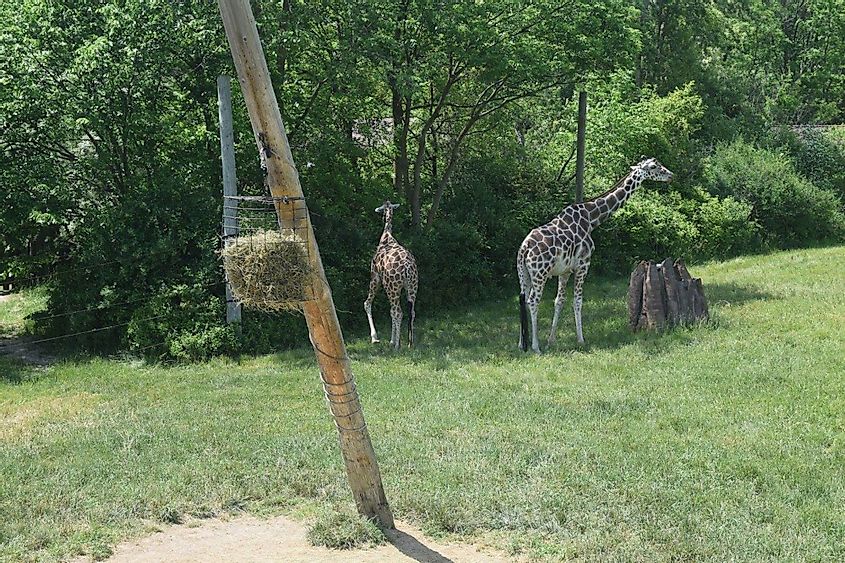
Sprawled across 40 acres, the Fort Wayne Children’s Zoo includes animal exhibits, rides, and landscaped grounds to explore.
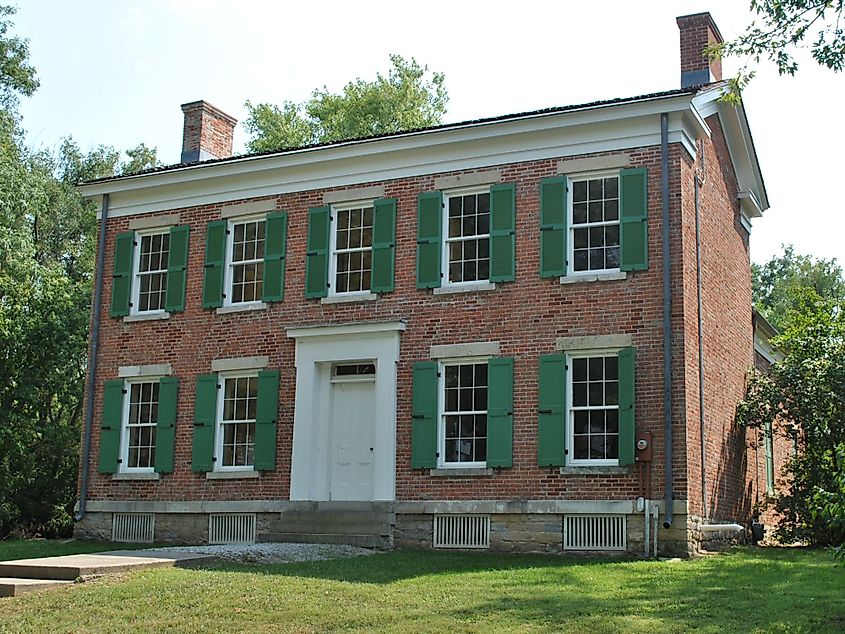
The rich history of Fort Wayne can be explored in a variety of ways. Located in the Old City Hall, the History Center includes a collection of over 23,000 artifacts and exhibits. The Allen County–Fort Wayne Historical Society operates Richardville House, built in 1827, and one of two National Historic Landmarks in the city. The Fred J. Reynolds Historical Genealogy Department of the Allen County Public Library is the second-largest genealogy collection in North America. It incorporates 350,000 volumes in print and 513,000 items on microfilm and microfiche.
